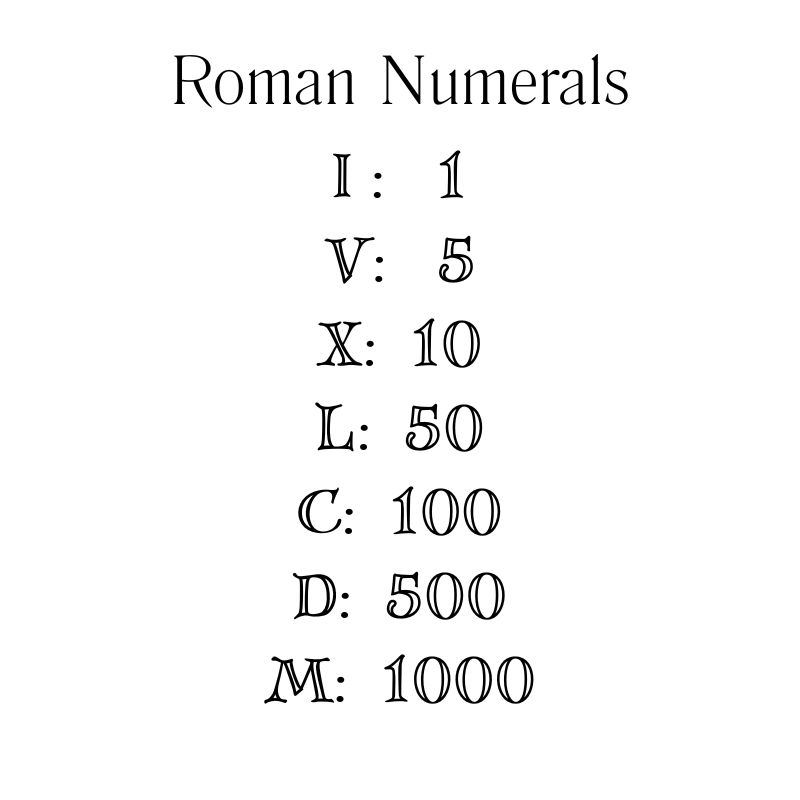
Vincenzo Camuccini (Italian, Rome 1771–1844) The Assassination of Julius Caesar. c. 1793–96
The Roman calendar was a lunar based calendar, with several fixed dates during each lunar cycle. Special days were determined during the month that were considered lucky or unlucky, and auspicious days for festivals and rituals. The Romans didn’t name their days in numerical order, but rather had a somewhat complicated system of counting forward to certain points during the month, and referring to the other days by the number of days until the fixed point.
The first day of every lunar cycle was called the calends (or Kalends), determined when the moon was a thin crescent. Yep, that’s the root of the word calendar! On that day, the pontifex minor would announce the number of days to the next new moon. From there, the Nones (generally corresponding to when the moon was a quarter full) would be calculated as the 7th day of full months (a 30 day lunar cycle) or 5th day of a hollow month (a 29 day lunar cycle). From there the Ides would be calculated 8 days after the Nones as the 15th day of full months and the 13th day of a hollow month, generally corresponding to the full moon in the middle of the month.
For example, the 10th day of March would be “5 days until the Ides of March.” The Romans were inclusive counters, meaning that they included the starting day and the final day in their calculations.

Roman numerals are a system of using letters from the Latin alphabet that each represent a fixed number and are combined in various combinations to create values. The letters are combined to indicate a larger number, for example, the number 3 is written III and and 300 CCC. Roman numerals are written like Arabic numbers with places, like thousands/hundreds/tens/one
Certain numbers are written using “subtractive notation” meaning that the number to the left is subtracted from the number to the right. For example, 4 is written IV not, IIII and 9 is written IX. Other “subtractive notations” are:
XL = 40
XC-= 90
CD = 400
CM = 900
Other examples:
19 is written XIX (10, 9)
1900 is written MCM (1000, 900)
424 is written CDXXIV (400, 20, 4)
Activities:
Play our (free!) Roman Numerals memory game!
Grab a calendar and pick out some dates that are important to you – birthdays, holidays, anniversaries, and convert them into Roman dates using Roman numerals (remember to account for full months and hollow months!)
For example February 6, 2023: VIII days before the Ides of February MMXXIII
Expand your knowledge of calendars using our Calendars Unboxed downloadable lesson!
- Learn about why our weeks have 7 days
- Make a mobile featuring the Roman and Norse history of weekday and month names
- Play a card game and learn the Tsalagi (Cherokee) names of the month
- Explore the included calendars and compare different cultures!
- Dive deep with recommended reading about timekeeping traditions around the world
Want to learn more about Julius Caesar? Check out Julius Caesar Unboxed!
- Weave your own laurel wreath
- Listen to an audio version of Shakespeare’s play
- Play a Latin card game
- Color a picture of Julius Caesar
Check Out These Books to Learn More & Practice Converting to Roman Numerals:
- Fun with Roman Numerals by David Adler
- How Did Romans Count to 100? An Introduction to Roman Numerals: An Audiobook About the Math of the Gladiators by Lucy D. Hayes
- Roman Numerals I to MM: Liber De Difficillimo Computando Numerum by Arthur Geisert

Marble sculpture of Julius Caesar (c.1512-14) by Andrea di Pietro di Marco Ferrucci (Italian, Fiesole 1465–1526 Florence)
